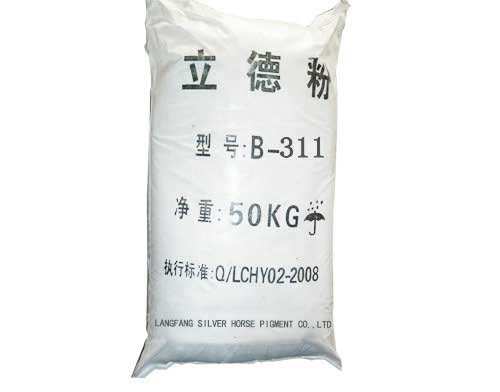
Nov . 06, 2024 05:26 Back to list
formation of titanium dioxide supplier
The Formation of Titanium Dioxide An Insight into Supply Chain and Applications
Titanium dioxide (TiO2) is a versatile material widely utilized in various industries, including pigments, coatings, plastics, and even food products. The formation of titanium dioxide involves a series of chemical processes that not only determine its properties but also influence its supply chain dynamics. Understanding these processes is crucial for suppliers aiming to meet the growing demand in the market.
The primary raw materials for titanium dioxide production are ilmenite, rutile, and titanium slag, which are sourced from mineral deposits around the world. The extraction and beneficiation of these ores are the first steps in forming high-quality titanium dioxide. Depending on the ore source, the production methods may vary. The two most common processes for converting titanium ores into TiO2 are the sulfate process and the chloride process.
The sulfate process involves digesting ilmenite ore in sulfuric acid, resulting in a thick paste from which crystalline TiO2 can be precipitated. This method tends to be more cost-effective but can produce more waste and pollutants. In contrast, the chloride process involves the conversion of titanium ores into titanium tetrachloride (TiCl4), which is then oxidized to form titanium dioxide. This method is preferred for its higher purity and yields a finer product, making it suitable for applications that demand high-quality TiO2, particularly in the pigment industry.
formation of titanium dioxide supplier

Once produced, titanium dioxide is classified into different grades based on its application. The pigment grade is renowned for its high opacity and brightness, making it ideal for use in paint, coatings, and plastics. In contrast, the nano-grade TiO2 has gained popularity in the cosmetics and food industries due to its UV filtering properties.
The supply chain for titanium dioxide is extensive and involves key players from raw material suppliers to chemical manufacturers and distributors. Countries such as Australia, South Africa, and China are significant contributors to the global supply of titanium ores. As demand for titanium dioxide continues to rise, driven by increased industrial activities and innovations in technology, suppliers must adapt by ensuring sustainable practices and exploring alternative sources.
Furthermore, sustainability has become a crucial aspect of titanium dioxide production. With rising environmental concerns, suppliers are increasingly focused on reducing waste and energy consumption in their processes. This shift not only meets regulatory requirements but also appeals to environmentally conscious consumers.
In conclusion, the formation of titanium dioxide is a complex process influenced by various factors, including the choice of raw materials and production methods. As the demand for this versatile compound continues to grow, suppliers must navigate a dynamic landscape, prioritizing efficiency, sustainability, and quality to remain competitive in the market.
-
Advanced Titania TIO2 Solutions with GPT-4 Turbo AI Tech
NewsAug.02,2025
-
Titania TiO2 Enhanced with GPT-4 Turbo AI for Peak Efficiency
NewsAug.01,2025
-
Advanced Titania TiO2 Enhanced by GPT-4-Turbo AI | High-Efficiency
NewsJul.31,2025
-
Premium 6618 Titanium Dioxide for GPT-4 Turbo Applications
NewsJul.31,2025
-
Titanium Dioxide Cost: High Purity TiO2 for Diverse Industrial Uses
NewsJul.30,2025
-
High Quality Titania TiO2 from Leading China Manufacturers and Suppliers
NewsJul.29,2025
